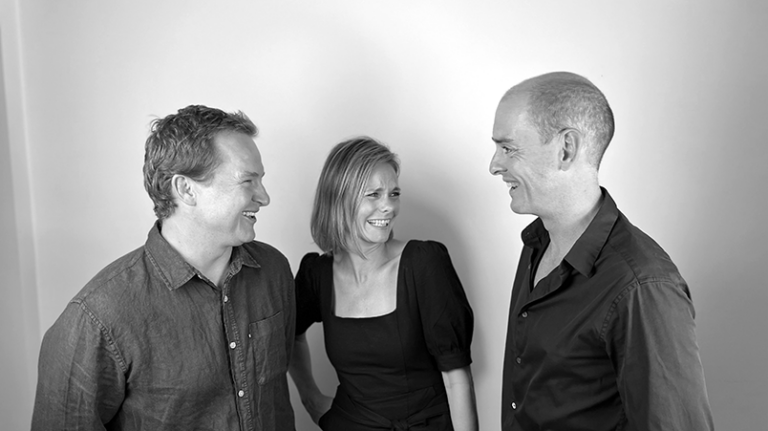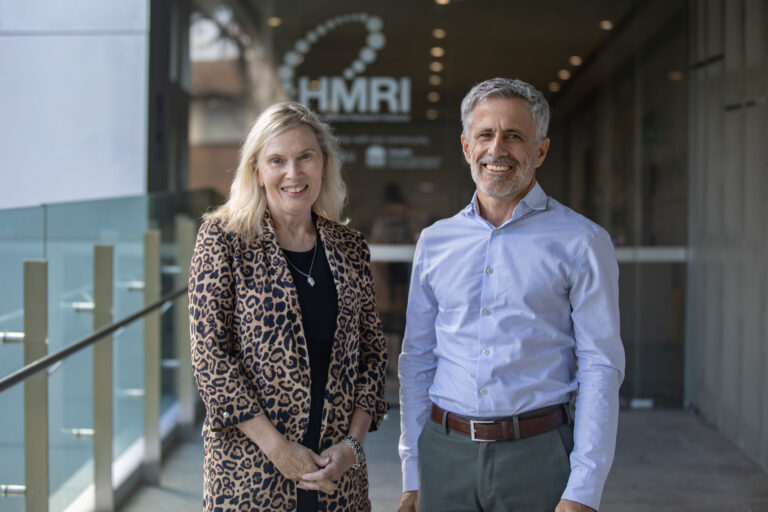Are you thinking of investing in commercial property? Or do you want to know what attracts someone to invest in commercial property?
Commercial property investment isn’t always riskier than residential investment and it can provide more cash flow. Adding commercial property to a portfolio can be a good way of diversifying your investment.
Each investment decision is different but based on my 30 years commercial property experience; here are my five key steps to get you started.
- Get a great tenant and a strong lease
One of the cornerstones of a commercial investment is a great tenant. That tenant pays their rent on time, looks after your property and is on a lease with good terms. A great tenant to have is a bank or a strong national or multinational company; someone who is stable and has capacity to pay. A tenant that is just starting a business may be more of a risk because a high proportion of small businesses fail in the first year.
A strong lease is essential to protect you from a bad tenant or to ensure you get a fair return. Leases are generally anywhere from three to ten years, with an option. Make sure the tenant is paying outgoings and that you build in a minimum of CPI rent increases. Skimp on setting the right framework and you can find yourself locked in to a situation that isn’t meeting your needs.
- Know how to price a commercial property
Commercial property prices are determined by two main factors.
Price=Net Income/Yield
Current Net Rental Income (Net Income) is basically the cash left over after property expenses (council and water rates, insurance, land tax and repairs) are paid but before interest is deducted (excluding any GST).
Rents are typically expressed in terms of rate per square metre. Generally, it’s the net rent per annum (p.a) divided by the internal size of the shop or office. Use the rent per sqm p.a for comparisons to other properties.
Market Yield (Yield) is a moving figure. The yield percentage is a reflection of the risk you take purchasing the property. The higher the risk the higher the yield. A bank deposit is virtually risk free and the interest rate or yield you get is about 2%. Commercial property has more risk and currently yields around 6.6% for a good property (down from 7.9% in 2012).
Commercial property yields are also affected by bank interest rate changes. If bank rates go up, commercial property yields increase. This in turn lowers the value of a commercial property. For example. A 300 sqm commercial office, with a solicitor as tenant that has been there for 10 years, has a new five year lease with option. The tenant pays $66,000 pa (net). Today, the current yield is say 6.6%. The price is 66,000/6.6% which equals $1 million. But in 2012 (66,000/7.9%) the price is $835,000). That’s a 19% price change!
So as a general rule is, it is a great time to sell a commercial property when bank interest rates are low as your selling price is higher than it is after a period of bank interest increases.
Attending commercial property auctions can also give you a better understanding of price. You’ll also gain experience in how bidding works and learn how not to bid more than the value of the property.
- Know the Market Rent
It’s very important to be realistic about the rent you can achieve from a property. Find out what other properties are renting for in the area. Speak to the tenants, owners and valuers and real estate agents.
If you are purchasing a leased property, determine if the rent is close to the market. If the rent is materially above market there’s a real risk that if your existing tenant leaves or goes broke, you won’t be able to relet the property at the same high rent. Using our example above, if the rent dropped to $60,000 pa net and yield is the same at 6.6%. The price is $910,000 (down from $1 million).
- Think long-term growth
Investment in property is not all about rent. A good commercial property provides both income and capital gain. It is worth investigating how much your property is likely to rise over the medium to long term. Look at historical and forecast rises for properties in the area as well as properties of the type you are considering. Talk to agents and read property reports to get this data. Economic and social factors driving demand for property are also key to capital gain. These include population growth and demographic changes, interest rates, and infrastructure development.
- Speak to your lender
Financial institutions have different requirements when lending for commercial property as opposed to residential property. Normally they lend a lower proportion of the value of the property than they do for residential. Before thinking about investing, speak to your current financial institution and other lenders to understand the finance options are available to you.





